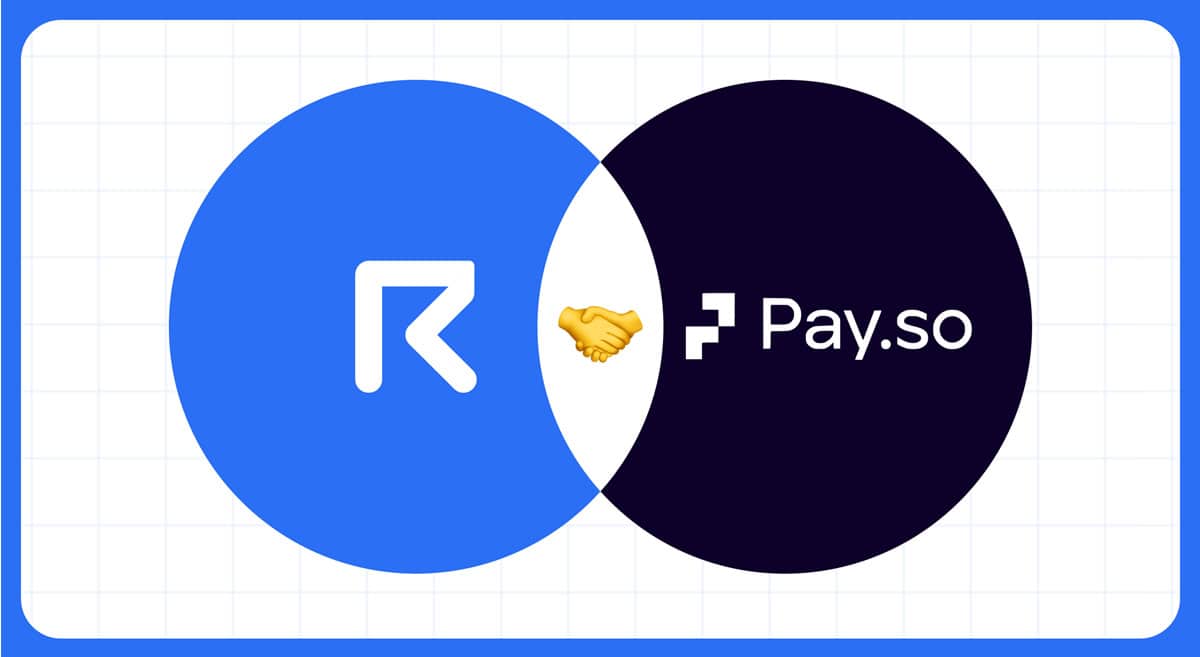ARTICLE AD BOX
Where would we be without interoperability? All alone. Stranded on isolated blockchain islands with no means of communicating or moving resources between each crypto ecosystem. Enter interoperability, a concept that’s been a long time in the making but which has only recently begun to fulfill its promise of converting isolated crypto networks into interconnected layers that work as one.
Blockchain developers have been talking about interoperability for over a decade but only in the last few years have viable solutions been deployed to advance this theory from prototype into working reality. The arrival of interoperability solutions has proven timely, as a slew of new L1, L2, and L3 networks has risked balkanizing the on-chain landscape, scattering users and liquidity to far-flung chains. This is the story of how interoperability went from being a big word to a big deal for blockchain users, uniting the networks and overcoming seemingly incompatible architecture.
Fixing a Fragmented Blockchain Ecosystem
The blockchain landscape is fragmented, with thousands of independent networks offering specialized functionalities. While this diversity is a testament to the industry’s creativity, it also poses significant challenges. For example, assets on Ethereum cannot natively interact with those on Solana or Polkadot without external tools to bridge the divide.
But blockchain fragmentation doesn’t just make it hard to move assets: it also makes it harder for users to move freely. The need to navigate multiple networks, wallets, and tokens creates friction for users, making blockchain technology less accessible to technically unsophisticated users.
The first attempts at solving the interoperability problem consisted of blockchain bridges: often partially or wholly custodial in design, these entail locking tokens on one network and then minting a corresponding amount of tokens on the other. Despite the degree of custodial risk this entails, the greatest threat has come not from centralized sources but from third parties: hackers have swarmed blockchain bridges like bees to honey, scenting the rich opportunities they present given the millions of dollars flowing through them.
Bridges have become frequent targets for hackers, resulting in significant losses for users and projects. Much of the $9B lost to hackers in recent years has occurred through exploitation of blockchain bridges, including the $650M notoriously stolen from Ronin’s bridge, a heist whose imprint still looms large over the industry. The challenges associated with creating secure yet decentralized bridges underscore the urgent need for robust cross-chain solutions that can unify the blockchain ecosystem without introducing points of failure.
The Evolution of Cross-Chain Interoperability
While still widely used, bridges are often criticized for their reliance on centralized entities and susceptibility to hacks. As a result, they’re gradually being supplanted by alternative interoperability solutions.
Layer-0 networks, like Polkadot and Cosmos, aim to provide interoperability at the foundational level. Polkadot uses its Relay Chain to connect various blockchains, known as parachains, while Cosmos employs its Inter-Blockchain Communication (IBC) protocol to enable seamless data sharing between networks. These solutions offer more secure and efficient interoperability but require networks to adopt specific standards.
Then we have cross-chain hubs, including omnichain DEX aggregators and solutions such as Thorchain to address asset interoperability across blockchains. These hubs aggregate liquidity from different chains, enabling seamless swaps and transfers via the user’s primary network. However, they still face many of the same security challenges as blockchain bridges, and, while good for moving fungible tokens, have limitations when it comes to transporting data, non-fungible tokens, and privacy technologies that can’t easily be ported between chains.
One of the more promising solutions to have emerged in the interoperability space, Chainlink’s Cross-Chain Interoperability Protocol (CCIP), is addressed in a recent blog post by GRVT. The hybrid crypto exchange adroitly summarizes the main challenges interoperability developers face before touching upon a number of new interoperability solutions including CCIP, zKSync, and XY Finance. The key takeaway is this: it’s desirable for the multichain ecosystem to have multiple interoperability solutions to call upon, ensuring healthy competition and preventing reliance on any single product or protocol.
The Future of Cross-Chain Interoperability
The ability for blockchains to work together seamlessly is crucial for the continued growth and adoption of web3. This will ensure a better user experience by eliminating the need for multiple wallets and tools, making blockchain more accessible to retail users. It will also unlock new use cases, through supporting new cross-chain dApps spanning verticals such as gaming, DeFi, and supply chain management.
Then there’s the prospect of deepening liquidity across chains through interoperability solutions that enable it to be routed to where it’s needed instantly. This will make it easier for emerging L2s to be bootstrapped, and reduce the issue of “liquidity mercenaries” prone to taking their precious assets to where the greatest incentives lie, without any cause to stick around and support a network’s long-term growth.
As blockchain technology evolves and the number of networks proliferates, interoperability will become increasingly essential. The appeal of web3 depends on its ability to create a unified, user-friendly ecosystem where assets, data, and applications can move freely across networks. The technology to achieve this vision is already in place. However, it has yet to be widely integrated into sufficient networks and protocols to make moving funds between networks A and B as effortless as doing the same on a single chain.
The industry needs to wean itself off its reliance on crumbling blockchain bridges and embrace new solutions that are secure, decentralized, and capable of moving not just tokens but data, smart contract logic, wallet balances, and much more. This will create a true cross-chain ecosystem in which all networks, regardless of programming language or architecture, work as one.
Coingape Staff
CoinGape comprises an experienced team of native content writers and editors working round the clock to cover news globally and present news as a fact rather than an opinion. CoinGape writers and reporters contributed to this article.
Disclaimer: The presented content may include the personal opinion of the author and is subject to market condition. Do your market research before investing in cryptocurrencies. The author or the publication does not hold any responsibility for your personal financial loss.
 1 hour ago
148
1 hour ago
148









 English (US) ·
English (US) ·